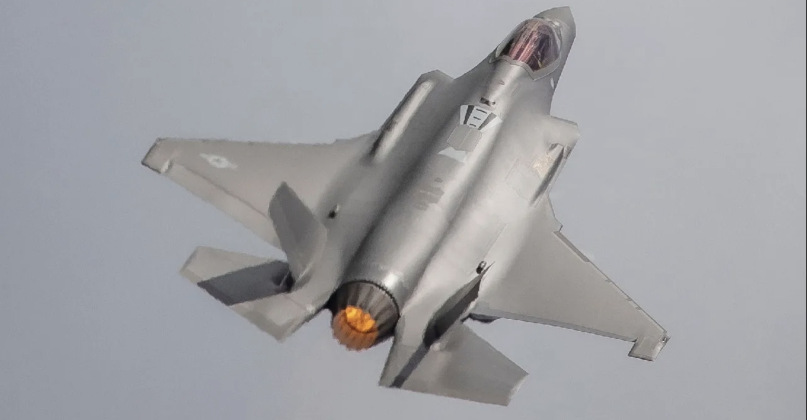News
Lockheed Martin Warns it Can’t Produce as Many F-35s in 2023: Modernisation Setbacks Add to Years of Delays
The world’s largest defence manufacturing firm Lockheed Martin has warned that it will be unable to meet previous targets for production of the F-35 fifth generation fighter in 2023 due to major delays implementing upgrades to the aircraft. Lockheed chief executive Jim Taiclet and chief financial officer Jay Malave reported these projections in a call with investors on April 18, with both software and hardware issues contributing to delays. Upgrades currently in development will reportedly provide the F-35 with better displays, computer memory and processing power as part of efforts to bring the aircraft up to the Block 4 standard. The upgrade is now expected to be ready up to a year behind even recent projections, with the F-35’s program executive officer Lieutenant General Michael Schmidt having informed lawmakers on March 29 that the upgrade would only arrive in December 2023 at the earliest and could be as late as April 2024. These delays were only among the latest in a long series of developments to draw sharp criticisms from lawmakers.

The F-35 is the only post fourth generation fighter in production in the Western world, and is relied on by a fast growing number of American defence clients primarily in the West but also beyond including Japan, South Korea, Singapore and Israel. Although its cost overruns of over $150 billion have often gained considerable attention, the program has perhaps much more seriously suffered from tremendous delays meaning the aircraft only began to enter service in 2015 a full 15 years after the first demonstrator flight. For comparison its direct fourth generation predecessor the F-16 entered service just four years after its first demonstrator flight, while the rival Chinese fifth generation fighter the J-20 entered service just six years after its first demonstrator flight in 2011.
The J-20 and F-35 are currently the only post fourth generation fighters both in production and fielded at squadron level strength anywhere in the world today. Despite spending a very protracted period in development the F-35 is still considered far from ready from high intensity combat, with approximately 800 design flaws still unresolved and more continuing to be discovered, while availability rates have remained extremely low largely due to engine flaws, and logistical issues have shown few signs of being resolved. The Pentagon is expected to make deep cuts to F-35 orders down from a prior projection of over 3000 airframes, due primarily to serious overruns in the class’ operational costs, but also due to the growing capabilities of viable alternatives including new generations of unmanned aircraft with fast improving levels of autonomy.












